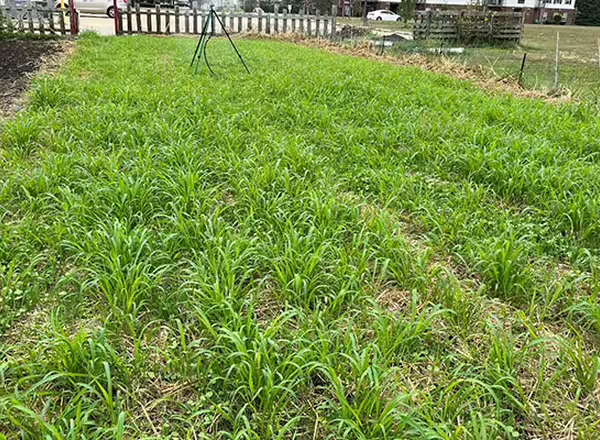When you plant roots in life you establish connections, the same can be said with roots in the soil. Roots are stabilizers, they keep everything together, and they help cycle water and nutrients.

Cover crops are plants that are planted after a given crop is harvested or before it is planted. These plants are used as cover to protect the soil from elements, prevent erosion, and maintain living roots. Cover crops provide the benefits that normal crops do during the time that crops are not actively in production. They can also improve soil fertility, which can lead to higher yields. The use of cover crops can limit weeds and help store carbon in the soil.
Legumes include alfalfa, clover, and cereals. Grasses include rye, barley, and others. The cover crop you choose should fit the needs of your operation. Legumes are good for adding nitrogen to the soil, while grasses can help with soil stricture and prevent soil erosion.
Overseeding
Another option to maintain living roots is to overseed or plant cover crop seed in the same fields as their main crops prior to harvesting to ensure that the land is never left bare.
Similarly, farmers can plant seeds into fields where cover crops are still standing.